Otavalo is a small Ecuadorian town in about 3 hours away from the border. It is well-known for its indigenous Saturday Market where plenty of people flock together to buy, sell, eat and enjoy the day. The town is quite picturesque and upon getting there we realised there is lot to do around it.
Saturday Market
Shruti timed our border crossing and getting to Otavalo alongside the market. On Saturday morning we managed to visit the market and we were not disappointed to the slightest. Otavalo has been the market town of the native people in this area for centuries. It was amazing stepping out of the hostel to see men and women dressed up in their traditional attire. What was even more brilliant was that this was our first sight of native people all around us. We finally felt we were in the Inca Land!
The market took up nearly half of the town centre. Everywhere there were stalls with women selling handicrafts, clothing and art. Sometimes many native women were making handicrafts right there in front of us. The colors of the woven bags, clothes and carpets were phenomenal. We haven’t regretted backpacking many times but this was definitely one of those days. There was so much stuff we wanted to take with us but had no space in the bag whatsoever.
A little away from the handicraft market was the fruit and veg market. There were lots of butchered pigs, fish and small eateries selling native food. There were plenty of green leafy veges, corn and spices. We wanted to try the food but almost all of it was pork based. Therefore, we did a bit of a mixture.
Shruti bought some mora fruits for 50 cents while I decided to try a paella like dish with rice, noodles, veges, pork, eggs and potatoes. It only cost $1 and it was very filling. Later on, we both had a fried banana cake which was fresh and sweet for 30 cents. Finally, Shruti ordered a mix of corn, beans, tomato salsa, tomato bits, onions, coriander and lemon juice. Here in Ecuador the dish is called Choclo but in India they would call it chaat. It was very very tasty!
Ofcourse, the point of a market is to shop and we only had limited space. Therefore, we made a mental rule of buying only from native sellers so we are benifiting a less well off family and buying small so there’s not a problem with space. We bargained a little where we could and ended up buying some little things that we be with us for years to come.
Imbaburra Volcano
We decided to take a bus to Lago San Pablo which was one of the highlights of the area. The bus ride would have been a 15 minute uneventful ride if a native young lady hadn’t started talking to Shruti. We somehow communicated with the lady and found out a little about her home and culture. She told us a little about her town and things to do. At the end, she told us where to get off the bus and we went our separate ways.
The view from the lake had mountains on 3 sides. All the mountains had little villages and farms up their sides mostly growing corn which is the staple of the area. Set against the lake, it was a postcard view. The Imamburra Volcano looked picturesque as the clouds rolled over the top. The dark green color of the grass on the volcano at the top, the lighter green of the farms in the middle, the villages at the base and the lake below that was as pretty sight as we have seen on this trip.
We walked around longer noticing the village life going on around us. Sheep, pigs and cows were tied up or grazing on the pastures next to the lake. As we walked, the villagers were herding the cows back and dragging the pigs and sheep back to their pens. It was heartening to see the simple life of the villagers. We asked a native man about the bus stop and he told us to wave it down. We did and that was the end of our visit to San Pablo.
Cuicocha Lake
Otavalo region is famous for high mountain lakes and we decided to check out one of them, Cuicocha Lake. The lake is in a crater of a volcano which last blew up 3,000 years ago and sits at 3068 metres in altitude. We arrived there from Otavalo after taking a bus and then a collectivo. A few of the other backpackers from the hostel decided to hike the crater trail. We chose not to as my hiking shoes were wet and Shruti’s tattoo was still relatively new on the foot.
We were wowed by the lake as soon as we arrived. The mountains around it rise a few hundred metres above it making the view simply amazing. Moreover, as with the rest of Ecuador, the weather was cloudy and rainy. The clouds at the top of the mountain were moving at a rapid pace. We would see the peaks and then they would vanish again in the clouds.
The lake itself was circular more or less with two islands within the lake. In fact, the name of the lake derives from one of the islands which roughly resembles a guinea pig. In the information provided, it said that the lake was 200 feet deep at certain points. The water was quite clear with grasses at the bottom. We walked a small trail around the lake which showed us the inca solar calendar, lunar calendar, the offerings area and the bathing ritual area. The natives in the area continue to perform the offering rituals related to the lake from ancient times.
Leather Products Village
We arrived in Cotacachi from Cuicocha Lake. The town itself is quite lower than the lake and the surrounding mountains. Our first impression of the town wasn’t significant, it looked like any other native village in the area just bigger. However, we then started noticing all the Americans around. We asked around for the center and were pointed to the leather shops street.
Fancy our surprise when we saw over 30-40 shops selling all types of fashion products made from leather. Some even resembled like high-end shops selling leather fashion in the west. Shruti fell head over heels for the jackets and I admit even I liked the quality for the price. The price was a bargain at around USD 110. I found some nice shoes I could use back in Australia, but we soon realised we didn’t have our debit card on us. What a shame!
Hike Around Otavalo
On our final day, we decided to do some walking around Otavalo. Our first stop was El Lechero for which we had to walk literally to the top of the town. Our hostel owner had told us to walk a trail along the farms but at some point we lost our way. After asking a few native people, we figured we were on an alternate path.
However, being lost allowed us to enjoy amazing scenery in the area with corn farms high above the city and the cloudy mountains in the background. Finally, we made it to the Lechero which is a lone tree on a hill meant to be holy for the locals in the area. We spent some more time taking in the view and then headed towards the waterfall.
Our hostel owner had drawn us a map of the whole area but that was proving to be useless. Maybe we just can’t read maps! He drew a little trail next to the Parque de Condor which was supposed to lead to the waterfalls. But when we got there, we couldn’t find any trail.
We investigated the area a bit and then Shruti spotted a dirt road at the bottom of the hill. So we carefully started our descend down the side of a hill. Once on the dirt road, we walked for an hour up and down hills to La Cascada de Peguche.
The waterfall was quite high and had been worked on by the government so some of the water goes to the villages nearby. On the return, we saw an Inca Museum and holy site set up by a couple. We couldn’t spend much time there as we had a bus to catch to Quito but it was a nice conversation.
On the way back, we couldn’t find a bus or collectivo so ended up walking back to Otavalo. We had a Colombian bandeja for lunch and took a bus to Quito. That ended our 3 day trip in Otavalo!
PS: sorry about not posting plenty of photos. In the next post you will know why.
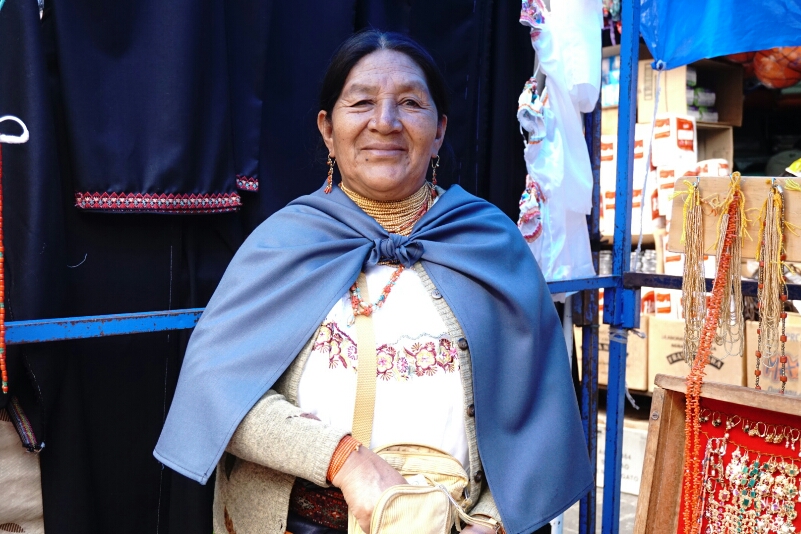
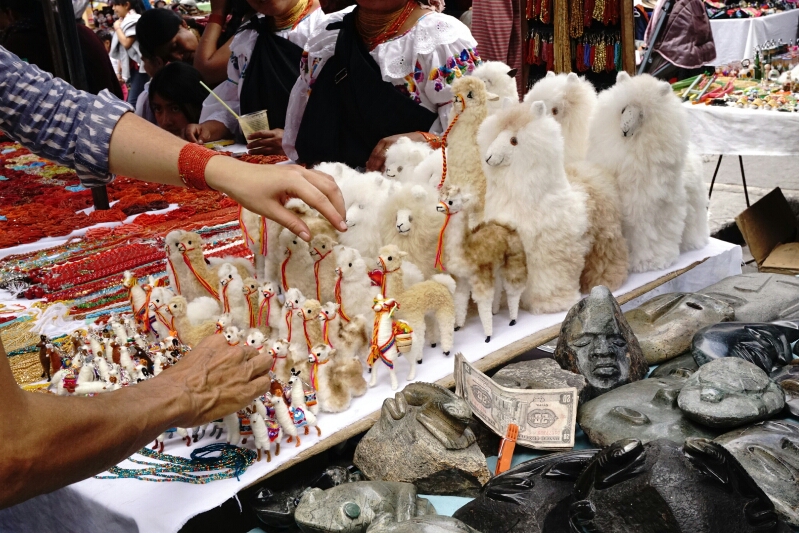

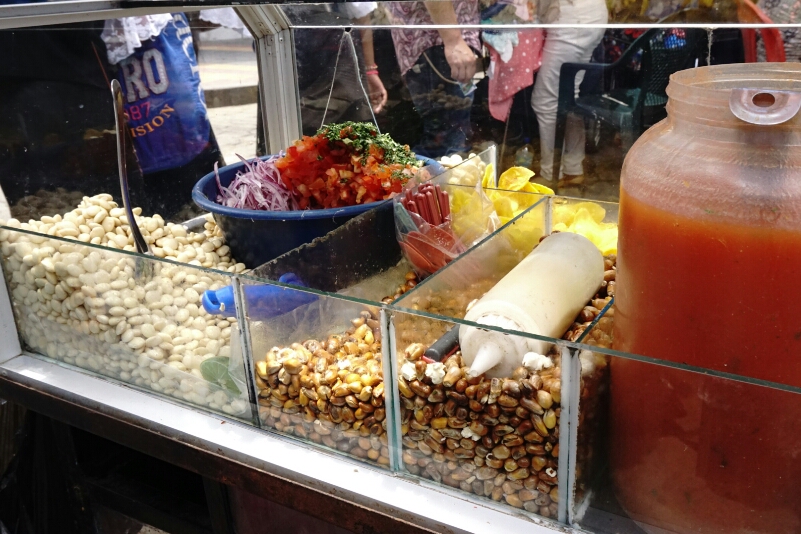

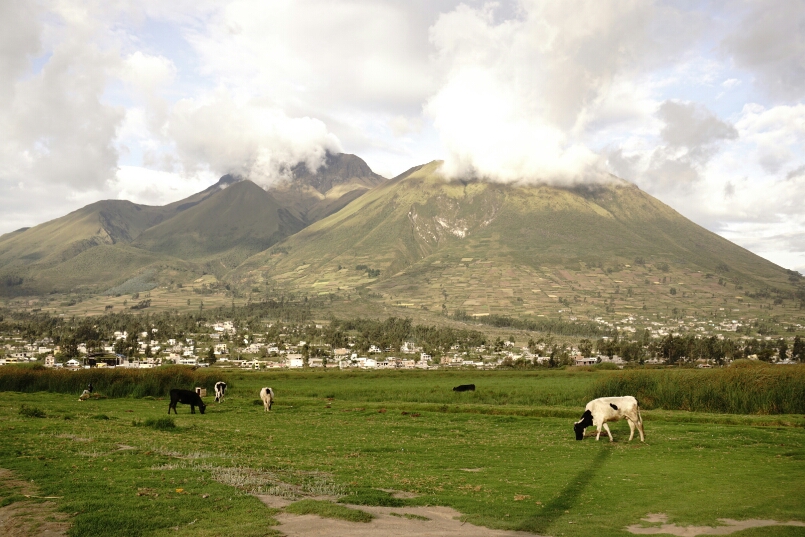

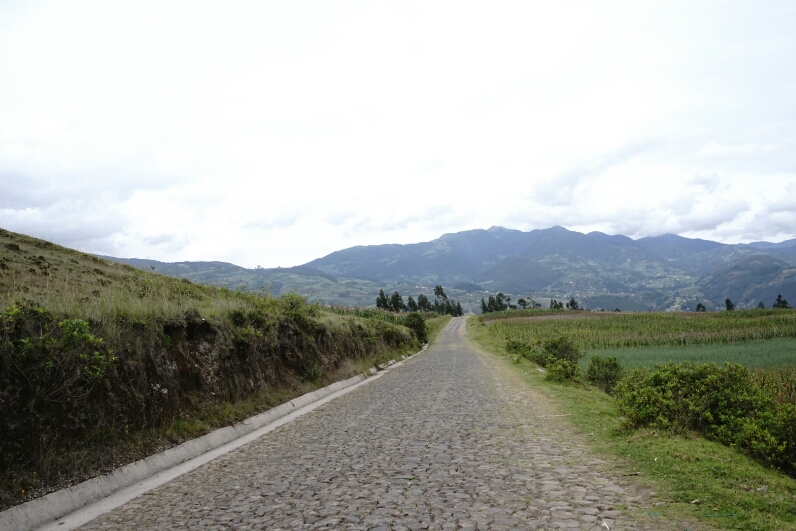
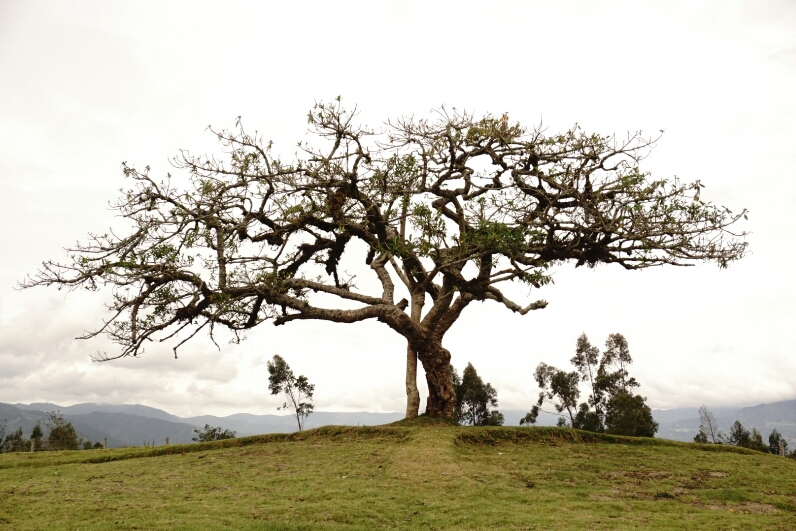
2 thoughts on “Otavalo, Ecuador”
Comments are closed.